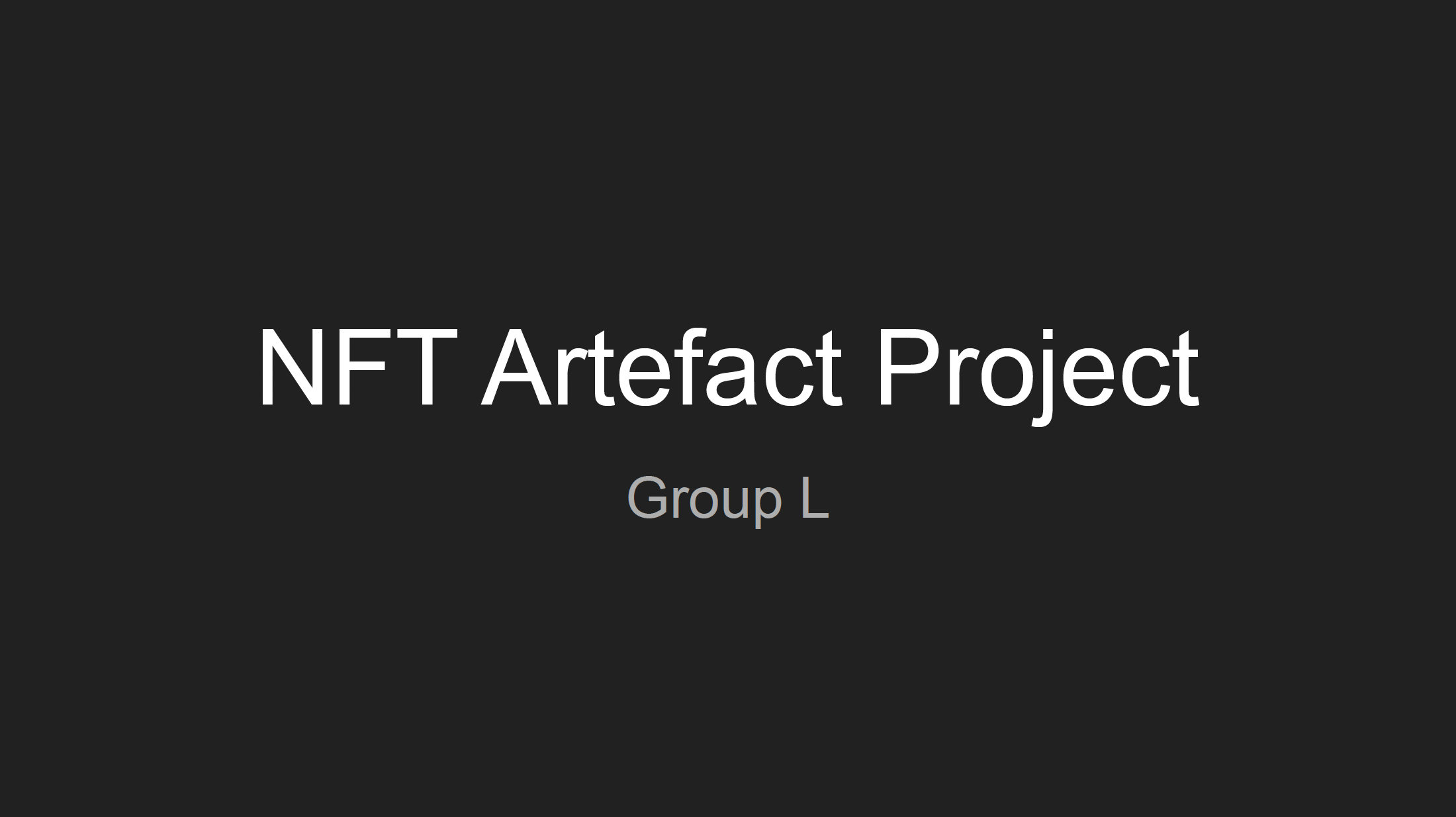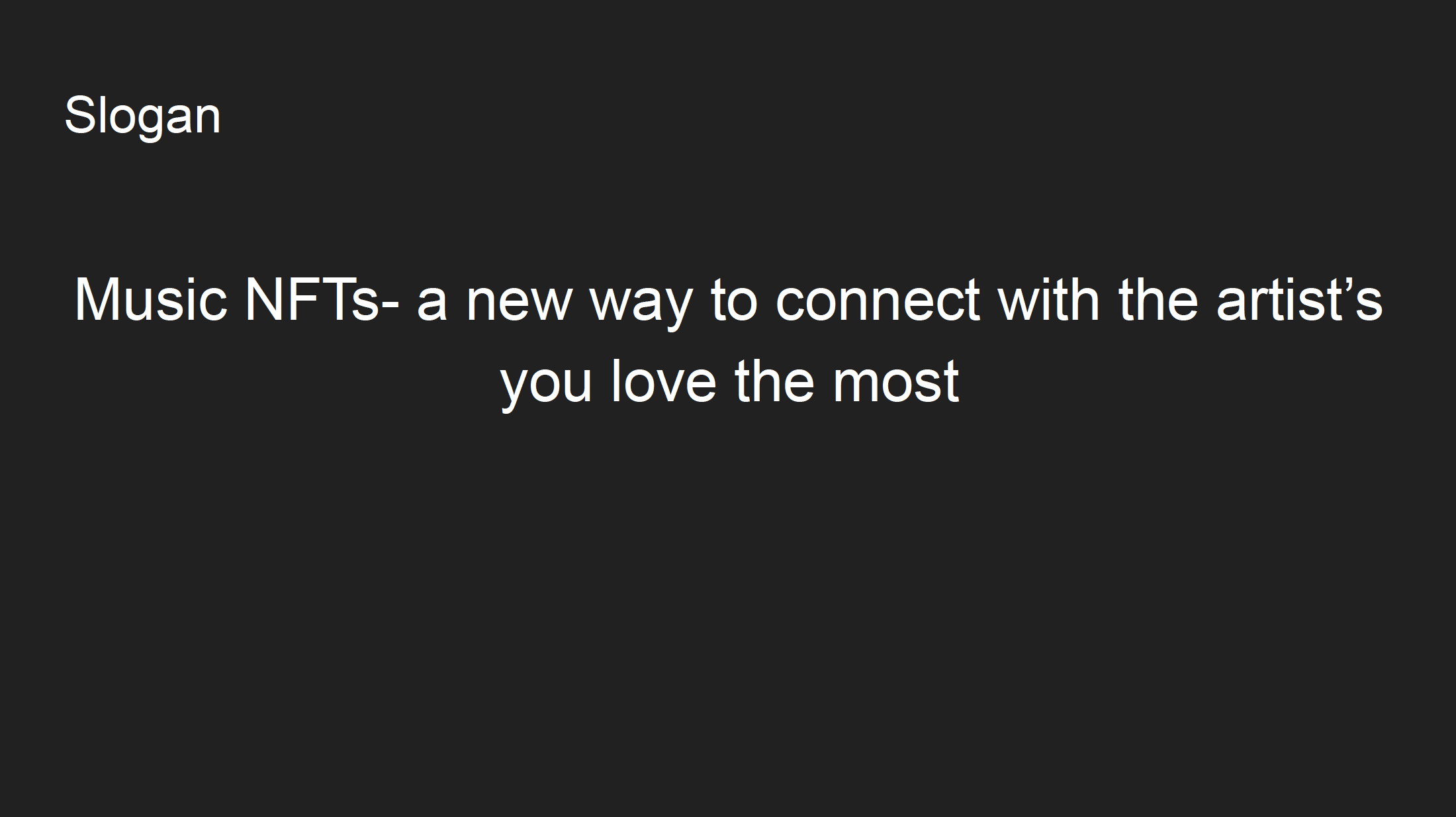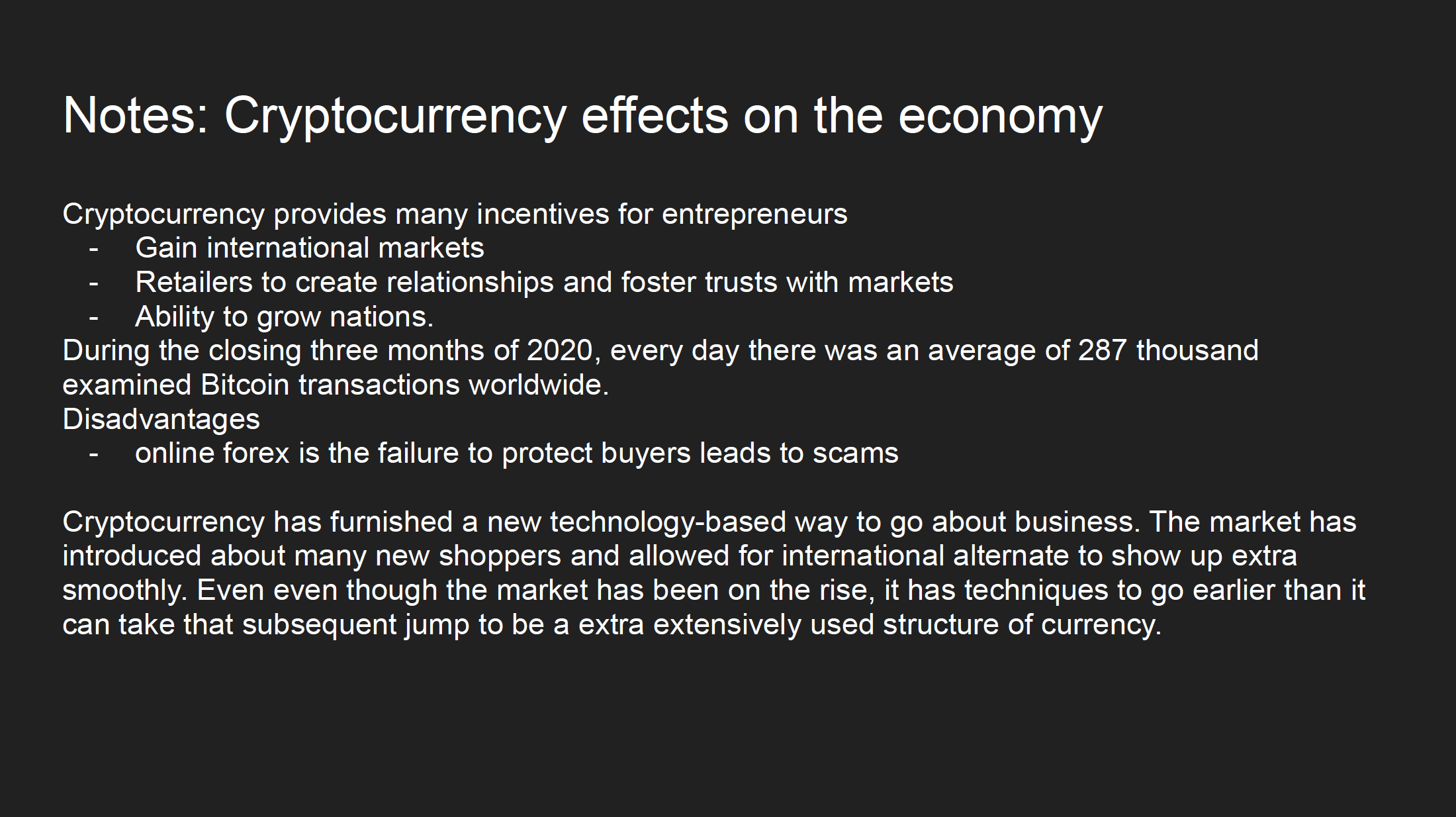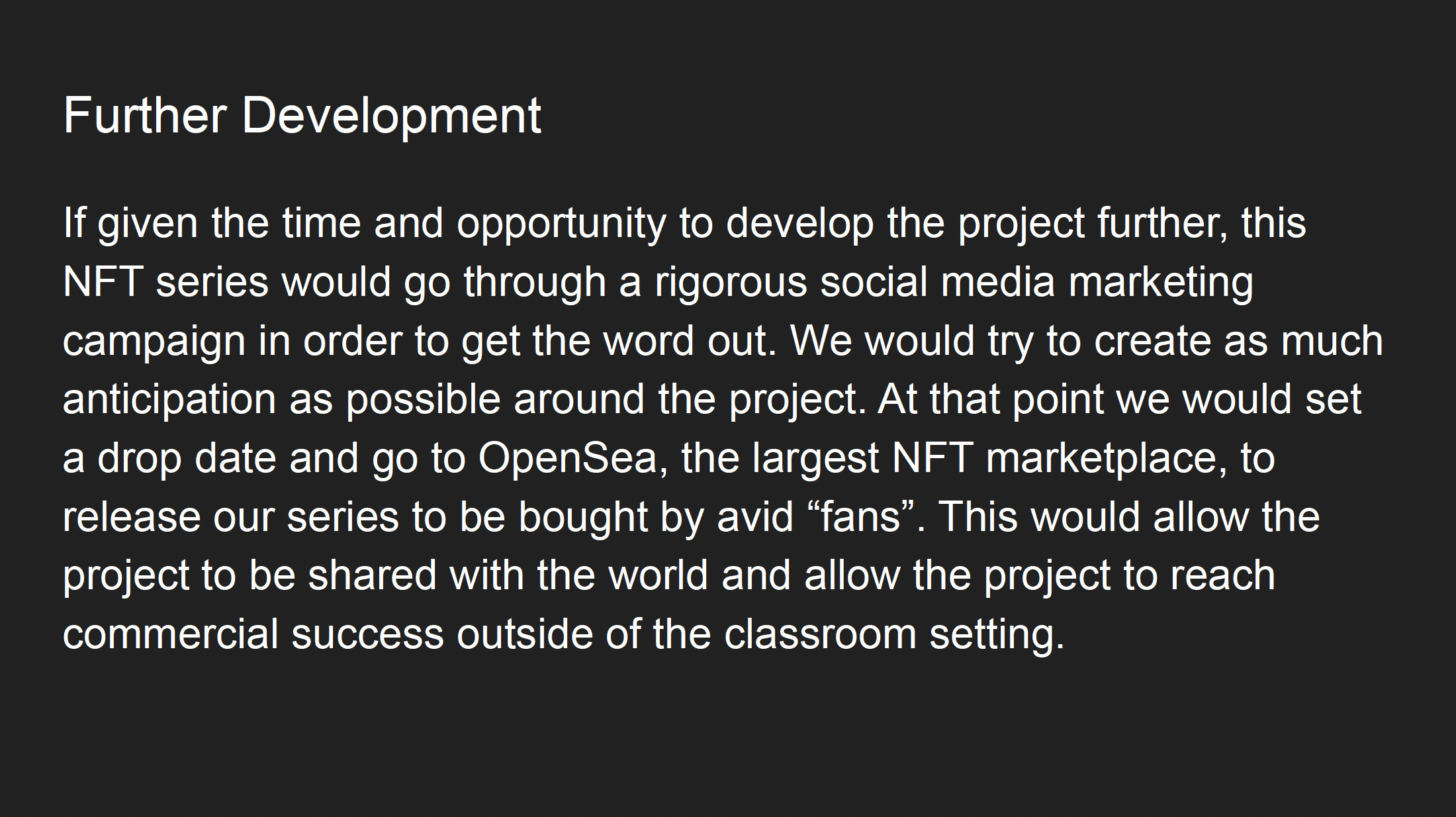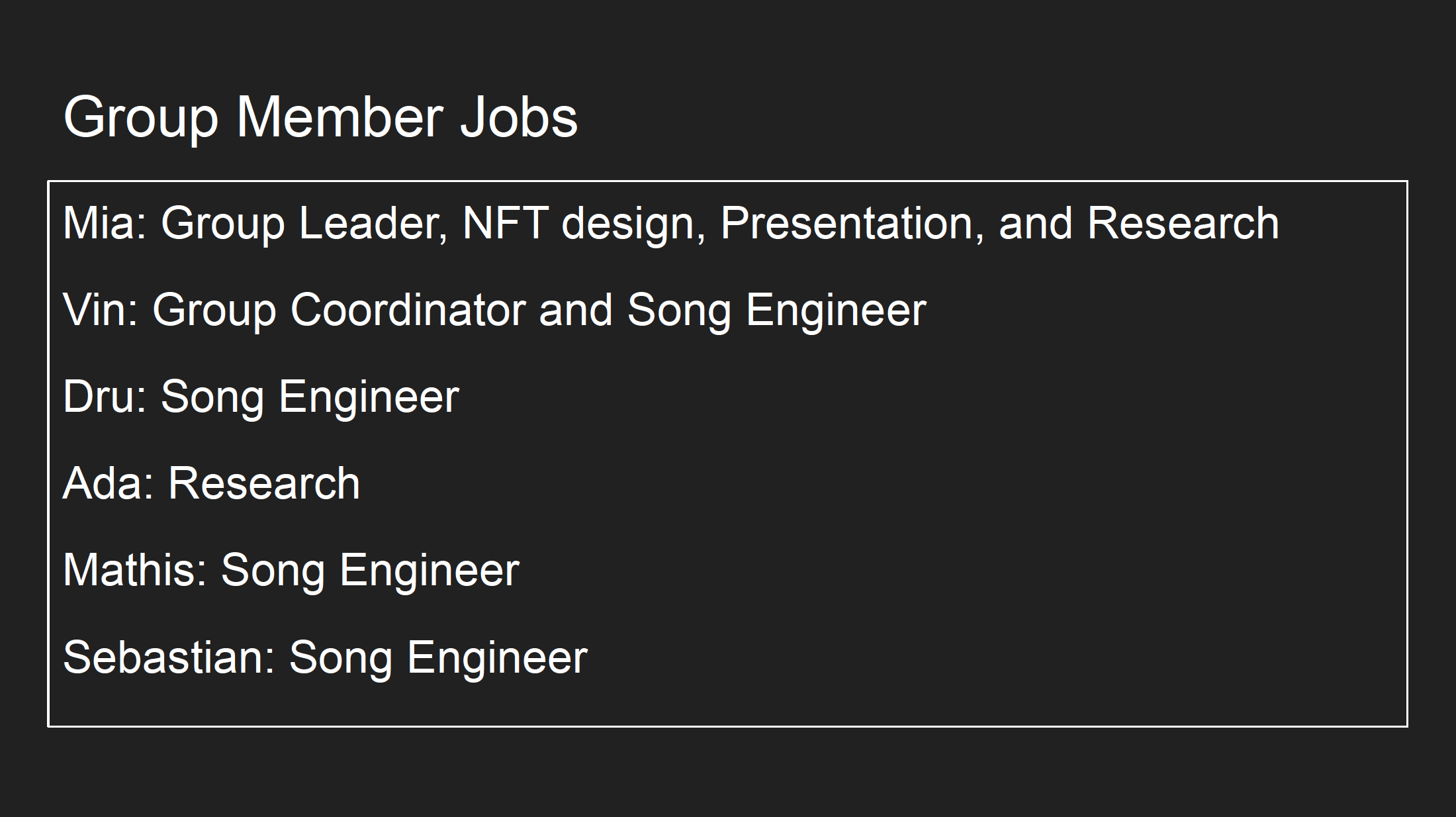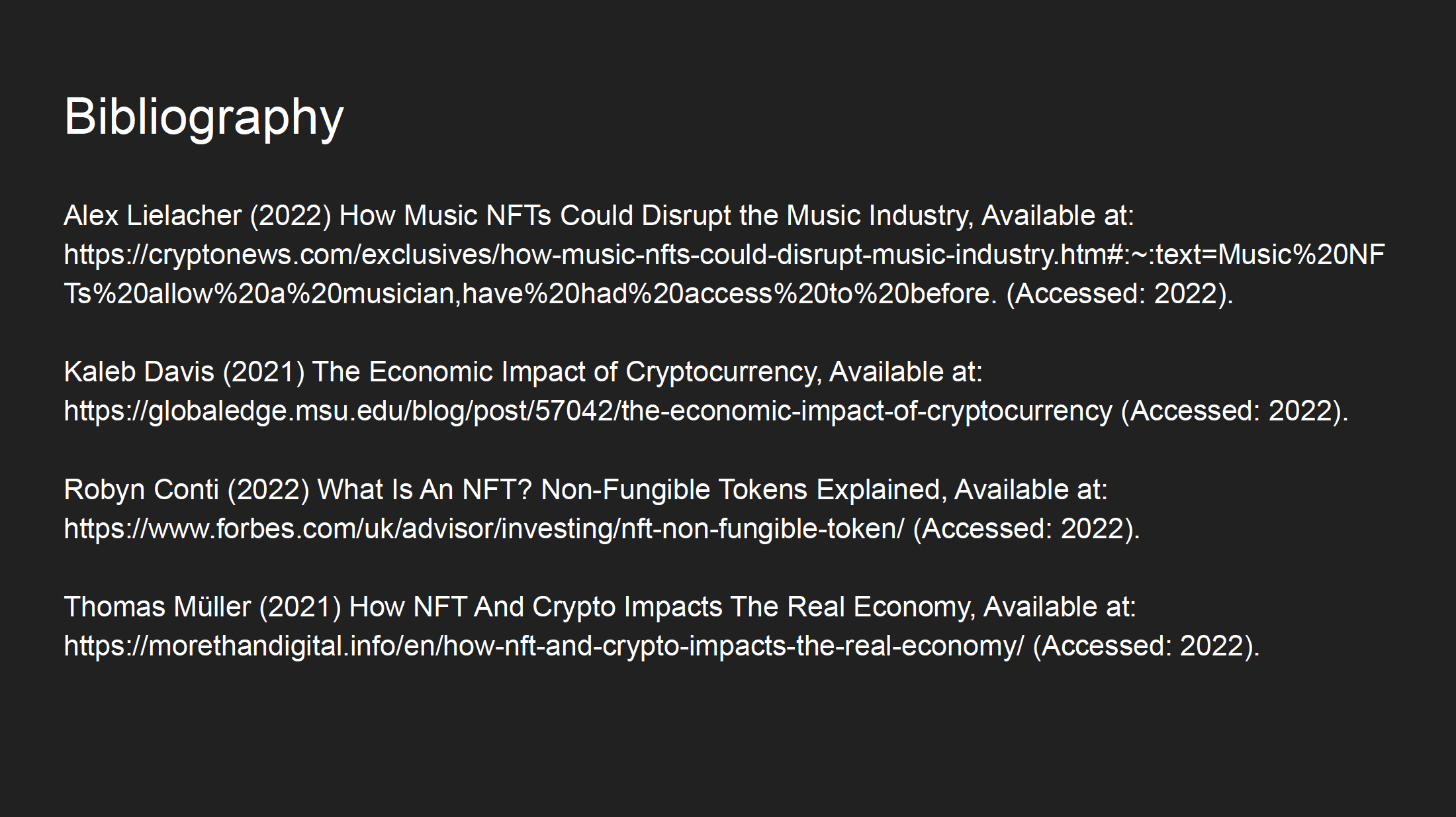Music NFT Project
During my semester abroad at the University of Westminster this spring, I enrolled in a class called Music in Context, where we explored the way the music industry and musicians interact with the world around them, considering factors like the economy, identity, race, gender, mental health, and more. Our first project for this course was to create an artifact, something that could encapsulate any one of those factors and its role in the music industry at this current moment. I had been reading a lot about NFTs and how they could be utilized by musicians and record labels. Because of this, I decided to make my artifact a Music NFT.
In my group of six, I was voted project leader, therefore it was my role to outline our goals for the project, make a timeline for each part of the project, set due dates, assign everyone roles based on their strengths, conduct research about NFTS, marketing, explore consumer benefits, design and execute both visual and auditory components for the art piece itself, and create a detailed presentation for the project. This project was completed up to an actual release, meaning we made the art pieces, produced the music, mapped out a marketing plan, and researched where and how we would release our NFT series. A large part of my job description was exploring the NFT’s real-world application, which was completely contingent upon the potential purchase by the consumer.
I built the campaign from the ground up, exploring what kind of people would purchase an NFT like this and the quality and marketability of the product. After the project was done, I independently wrote out a full brand strategy based on the knowledge I gained from my research and the experience with authoring strategy memos from my Journalism courses. This was an exhilarating and eye-opening experience, as I had never thought that I would spearhead my own NFT project. When reflecting upon the research I had done and where I foresaw Web3 taking the music industry, it was so exciting to front a project that I felt had real-world application. Although I was responsible for many aspects of my group’s project, I was still able to execute all of my responsibilities efficiently, while also organizing and delegating tasks to other members of the group according to our project’s due date.
Team L Music NFTs: Strategy Memo
Mia Weisfeld
Objective
Our objective as a record label promoting our globally recognized artists is to give fans the opportunity to own unique artwork (both visual and auditory) in the form of an NFT as a high-value collectible. NFTs create a special way to connect with an artist’s artwork in a very exclusive, unparalleled way. Our team of visual artists and musicians passionately collaborate to produce an unprecedented visual and auditory experience for the purchaser of the NFT. Team L Record Label’s vision is to provide a global audience of devoted fans with unique collectible NFT artworks and music to strengthen the relationship between our audience and their favorite artists and to enrich the experience of being an avid listener of Team L Record Label’s artists. Team L’s music NFTs are designed for fans of the label’s artists who want more intimate ways of engaging with artists. This NFT will include the potential for metaverse one-on-one meet and greets, early access to unreleased music, VIP experiences in the VR/AR terrain, and more.
Main Strategy
With the current revenue streams that are controlled by different labels, agencies, and companies, these music NFTs will not only allow fans to engage more intimately with their favorite artists, but give artists more control over the verticals of their branding. This is beneficial for the artists, the label, and the fans.
For fans:
Accessibility: Fans will gain unmatched accessibility to the brand that their favorite artist is creating and the expansion of that brand into different sectors of entertainment.
Exclusivity: The exclusive nature of the NFT will create an increasingly devoted fan base, ensuring more engagement and benefits for the artist when forming a relationship with their fan base.
For artists:
Increasing Exposure: The ability of NFTs to upsell into the digital world means that the artist will not only get exposure from marketing and purchasing in the real world but will also be able to market in the digital world. NFTs can be used to map the digital counterparts of actual products (e.g., concert merchandise). The proprietor of an actual merch thus also has the right to let his avatar wear it.
Royalties: Musicians who create NFTs and promote them will earn from the subsequent sales of their NFTs.
For labels:
Resources: Labels often have more access to resources due to more manpower, more experience, and more knowledge of the music industry. Labels can use their teams to properly market, design, and release a series for an artist under their label (and with a smart contract, allowing their artist to share some of the profit with them). This contract ensures that both parties are contractually bound to the project and there is no confusion about how the profit is distributed.
Revenue
Issuance of new NFTs
The artists and label develop the NFTs and release the series onto the chosen marketplace. Consumers then pay to own the artwork dependent on their perception of the work (quality, utility, or scarcity).
Royalties from secondary sales
The initial creator of the NFT/any involved companies will continue to get a percentage of the sale price whenever the NFT changes ownership through marketplace sales.
Business partnerships
Artists will work with different companies (i.e. Fortnite or Decentraland) to create events connected to the purchase of their music NFTs. Both parties, through establishing a partnership, will make a profit through exposure and shared clientele, among other factors.

